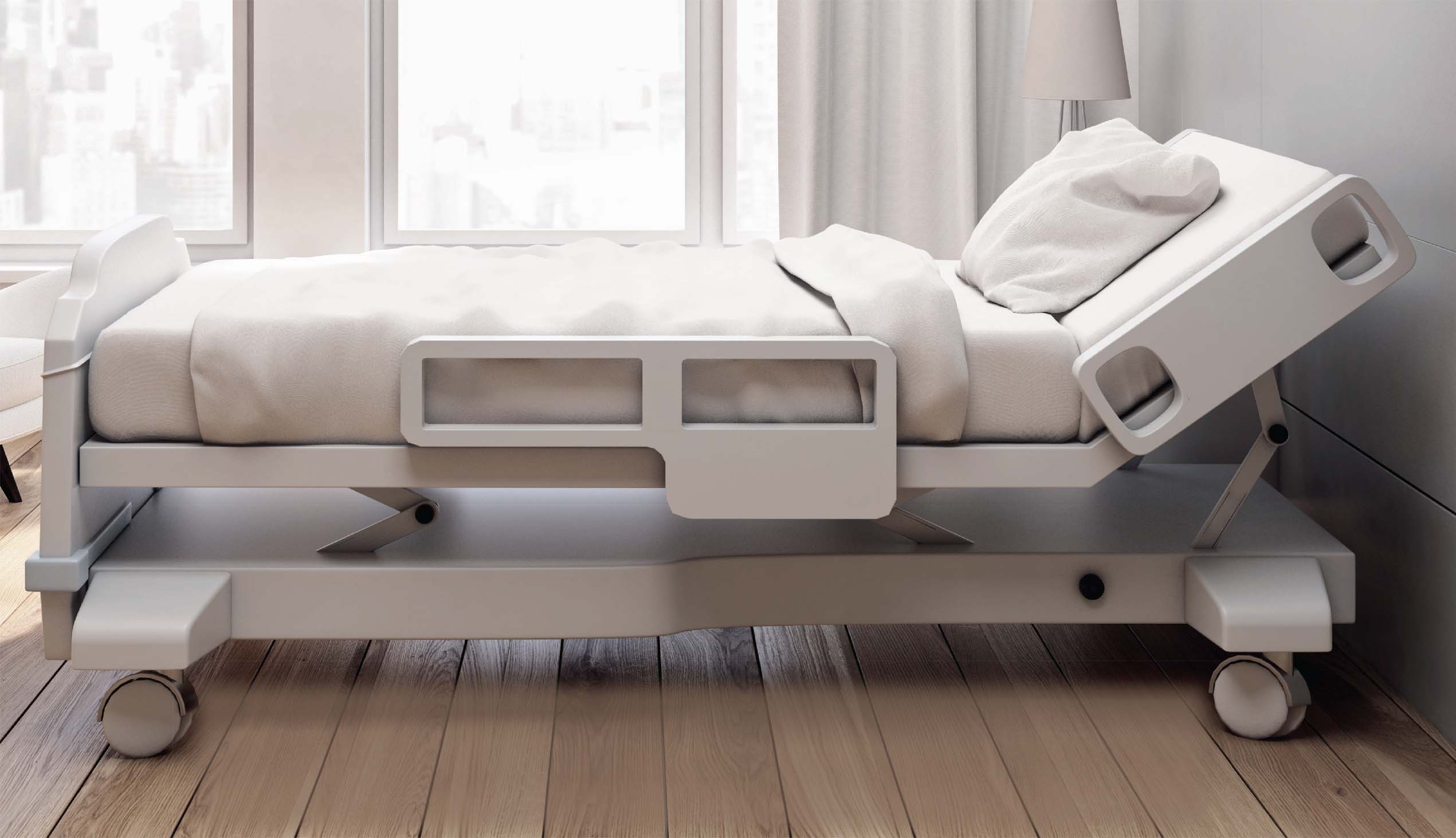It was on 30th January 2020 that the first case of COVID-19 was reported in India. In the next few days, the number of cases increased to three in Kerala; all were students returning from Wuhan. In the pursuing months, the pandemic spread at an alarming rate across the length and breadth of India. And now, with over 9 million infections, India is the country with the second most number of cases after the post US. COVID-19 has had a profound impact, on people, businesses and the government. Some sectors have benefited, like e-Retail, e-Learning, and logistics; while others have been gravely impacted like hospitality, aviation, and automobile. The healthcare sector in India has been somewhat of a mixed bag. While at one end, there was a surge in medical intervention, namely the requirement of medical facilities, etc. to deal with the pandemic resulting in higher spending.
On the other hand, public policy measures implemented to curb the spread of the virus have resulted in significant disruption. Intensive safety precautions, supply-chain failures, and an overall reduction in customer demand have impacted the sector badly. Patients are wary of visiting hospitals and clinics putting off any treatment that is not extremely necessary. Elective medical treatment like cosmetic surgeries or others has significantly reduced, as people are scared to visit hospitals.
IMPORTANCE OF HEALTHCARE
But in all this push and pull, one thing is sure the importance of the healthcare segment has been realized not only by the government but also by the layman. This means that the sector will see a lot of action in the days to come, even when the COVID-19 pandemic has passed. The $135 Billion Indian healthcare industry is at an exciting turning point, with the Indian government prioritizing healthcare as one of the key focus areas for the next few years. According to reports, the government plans to increase its healthcare spending from the current 1.6% to 2.5% of the GDP until FY25. The Indian healthcare market will grow at a healthy 17% CAGR and reach $353 Billion by FY2025. This will lead to an overall increase from 4.6% to 7.1% spending on healthcare (as % of GDP) in 6 years.
OPPORTUNITY FOR MATTRESS INDUSTRY
The increased focus and spending in the healthcare sector provide an excellent opportunity for the mattress and bedding industry. As infrastructure is built and the number of beds increases, the mattress industry can partner with hospitals to provide robust and hygienic solutions in terms of bedding. One of the fallouts of the pandemic has been the increased focus on safety and hygiene; this becomes all the more important and critical when it comes to bedding. By showcasing solutions that promote safety and hygiene, the bedding companies create new market segments. Another crucial factor is the cost. Much of the spending is going to high-volume and low margins, hence, mattress companies need to innovate and craft products that are high on performance but low on cost. According to estimates, the Indian hospital beds market was valued at around $360 million in FY 2020 and is projected to witness a CAGR of around 9% during FY 2021 – FY 2026. Hospitals are also conscious of the comfort factor in addition to health and hygiene. As a result, hospital beds are being crafted to provide comfort and relief to the patients, as well as ease to the caretakers. The mattress manufacturers can partner with prominent cot manufacturers in the country to create a winning solution.
Meanwhile, Researchers at CDDEP India (The Center For Disease Dynamics, Economics & Policy) and Princeton University estimated the current number of hospital beds, intensive care unit (ICU) beds and ventilators across 37 states of India recently. The researchers estimated that India has approximately 1.9 million hospital beds, 95 thousand ICU beds, and 48 thousand ventilators. Most of the beds and ventilators in India are concentrated in seven states – Uttar Pradesh (14.8%), Karnataka (13.8%), Maharashtra (12.2%), Tamil Nadu (8.1%), West Bengal (5.9%), Telangana (5.2%) and Kerala (5.2%).
WHY IT MATTERS
While Indian states have a varied capacity in terms of bed and ventilator counts, all have a common priority at present and are working towards infrastructure strengthening and expansion, in order to efficiently contain the pandemic. In the coming months and years, the healthcare segment will see a significant inflow of investments, especially in Tier II & Tier III cities. This presents a unique opportunity for the mattress industry. All they need to bear in mind is to emphasize safety and hygiene, supply to the rural hinterland and keep the costs low. All these steps will help create a robust income opportunity for bedding companies. The Price water house Coopers (PwC) report suggests that India requires around 3.5 million hospital beds by the year 2034. The report said the huge investment would not only put fiscal pressure but, would be difficult to implement considering the nature and scale of new additions. For instance, over the last decade, roughly 100,000 hospital beds have been added annually. If India continues to maintain this rate, it will fall short of the winning leap target by 1.6 million beds by 2034. Some of the main hospitals that mattress brands can target to start within the Metros are Manipal Hospital, Wockhardt, Apollo, AIIMS, KIMS, HCG, and NIMHANS. Mattress brands need to look at Healthcare as an important focus area for their business development in the year 2021 and beyond.


